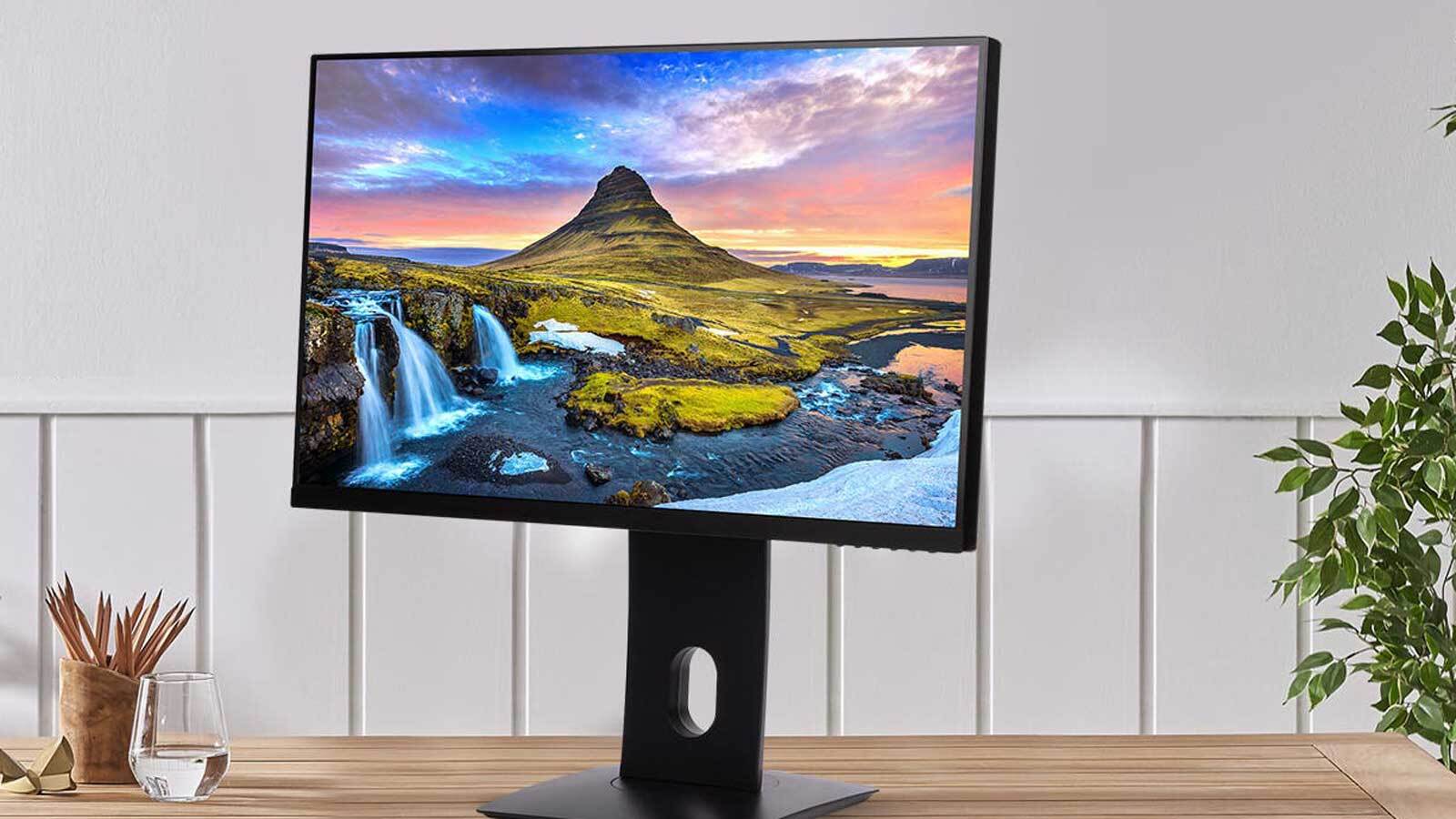
Tom's Guide can confirm that electronics retailer and distributor, Monoprice, is working on a mini-LED Dark Matter-branded gaming monitor set to release in the first half of 2022.
According to Chris Gallizzi, a product manager at Monoprice, the display will run 27-inches diagonally at a 4K resolution of 3840 x 2160. It will also boast a 144Hz refresh rate, HDMI 2.1 certification and USB-C support with a 90w power delivery. In terms of mini-LEDs, Gallizzi says designers are aiming for a 576-zone count, but that the number could increase before the display goes into production.
As for price, Gallizzi was unable to confirm how much the monitor would cost when it goes on sale next year. This was due to continued inconsistencies within the electronics supply chain which has been causing price fluctuations. But Gallizzi did confirm that, in Monoprice fashion, the team is aiming to undercut competition by Acer, ASUS and other top players in its bid to create the best gaming monitor.
At the moment, an equivalent monitor, like the Acer X27 S, costs $1,400 (when converting Chinese yuan to U.S. dollars). Other monitors such as the recently announced AOC Agon Pro AG274QXM will cost £849.99 in the U.K., which is about $971 U.S. This monitor won't compete against the Samsung Odyssey Neo G8, the world's first 4K 240Hz display, which was announced at CES 2022.
As for display manufacturer, Gallizzi was unable to reveal which company would be producing this new monitor. But the list runs long, and could include manufacturers such as Samsung, LG, TCL, BOE, Konka and Hisense.
In our Micro-LED vs. mini-LED comparison, we explain that mini-LEDs are essentially super tiny LEDs that can be more tightly packed together. This means that displays can have hundreds of dimming zones, versus the handful that standard LED-LCD television might have. More zones mean additional areas of the screen can be finely controlled and tuned. Whenever a portion of the screen needs to go black, those zones can turn off completely, giving inky blacks and a much higher contrast. It's similar to OLED in a lot of ways.
But the main differentiator between OLED and mini-LED is brightness. LEDs can get much brighter than OLEDs, meaning that HDR performance improves tremendously.
Sign up to get the BEST of Tom's Guide direct to your inbox.
Get instant access to breaking news, the hottest reviews, great deals and helpful tips.
If Monoprice is able to put out a competitive mini-LED gaming monitor at under $1,000, it could add some strong competition in this niche category. But with Apple moving to mini-LEDs for its latest iPad Pro and MacBook Pro, the technology's ubiquity will only continue to grow.
Imad is currently Senior Google and Internet Culture reporter for CNET, but until recently was News Editor at Tom's Guide. Hailing from Texas, Imad started his journalism career in 2013 and has amassed bylines with the New York Times, the Washington Post, ESPN, Wired and Men's Health Magazine, among others. Outside of work, you can find him sitting blankly in front of a Word document trying desperately to write the first pages of a new book.

